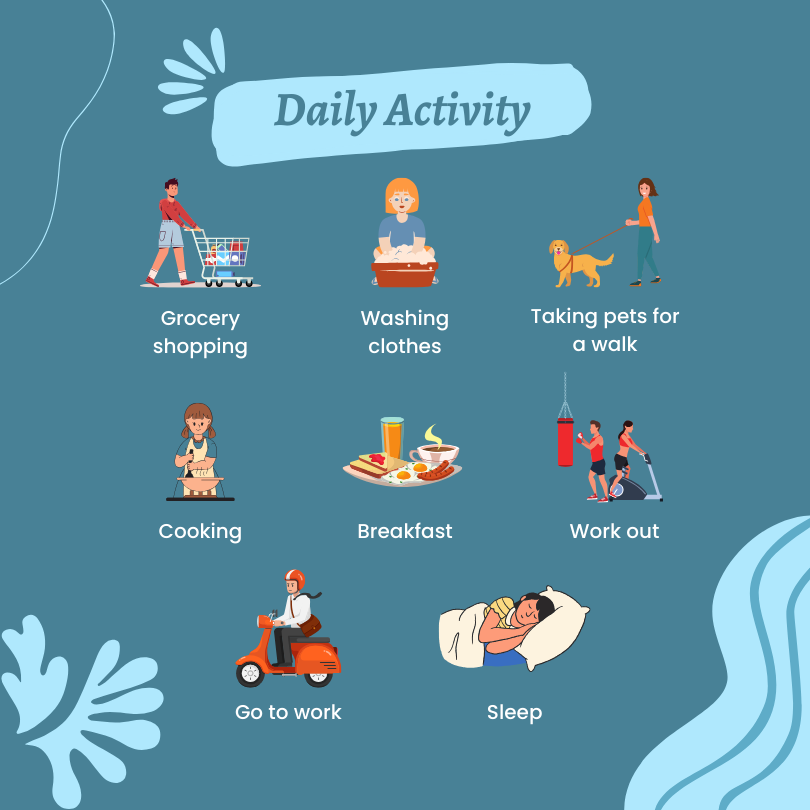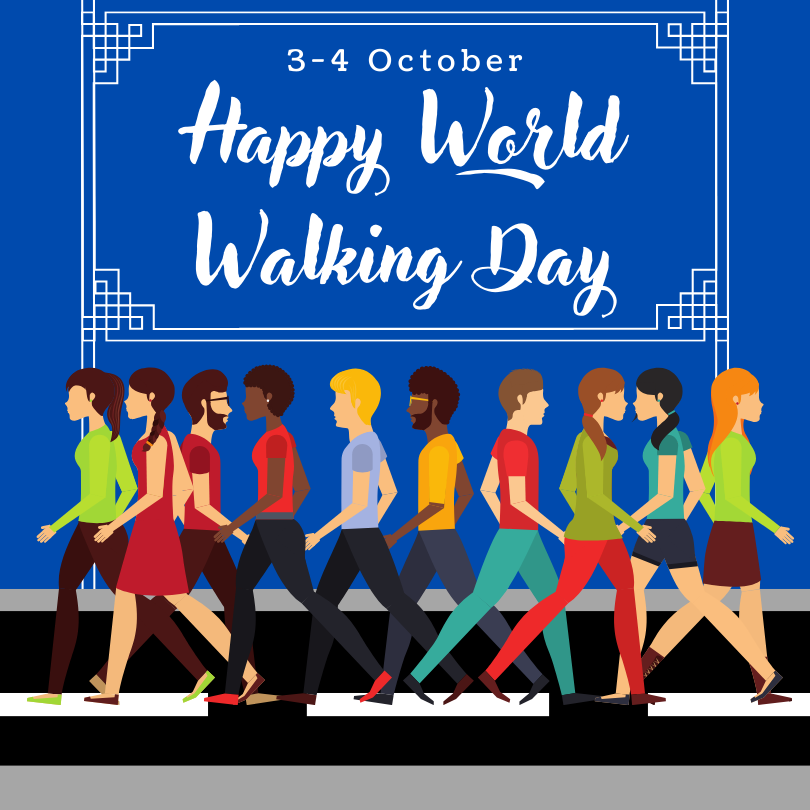Rusking, derived from the term “Rucking,” is a form of exercise gaining popularity for its simplicity, effectiveness, and versatility. It involves walking briskly or hiking while carrying a weighted backpack or rucksack. Originating from military training exercises, rusking has transitioned into a mainstream fitness activity, embraced by athletes, outdoor enthusiasts, and fitness enthusiasts alike. Let’s delve into what rusking entails, its benefits, dos and don’ts, and why it’s a beneficial exercise regimen for many.
What is Rusking?
Rusking is essentially walking or hiking with added resistance in the form of a weighted backpack. The weight can vary based on individual fitness levels, ranging from as little as 10 pounds to over 50 pounds. The activity engages multiple muscle groups, including the legs, core, back, and shoulders, making it a full-body workout. Unlike traditional hiking, rusking focuses more on endurance and strength building rather than covering long distances.
Benefits of Rusking:
- Improved Cardiovascular Health: Rusking elevates the heart rate, improving cardiovascular endurance and overall heart health.
- Strengthens Muscles: Carrying a weighted backpack increases the resistance on muscles, leading to improved strength and muscle tone, especially in the legs, core, and shoulders.
- Enhanced Endurance: By gradually increasing the weight and distance, rusking helps build endurance, making everyday activities feel easier and less fatiguing.
- Calorie Burn and Weight Loss: The combination of cardiovascular exercise and strength training in rusking results in effective calorie burning, aiding in weight loss and weight management.
- Mental Well-being: Spending time outdoors in nature, coupled with physical activity, can reduce stress, boost mood, and improve mental clarity and focus.
Dos and Don’ts of Rusking:
Dos:
- Start with lighter weights and gradually increase as fitness levels improve.
- Maintain proper posture and engage the core muscles while rusking.
- Stay hydrated and take breaks as needed, especially during longer rusking sessions.
- Choose a suitable trail or terrain, varying difficulty levels to challenge yourself appropriately.
Don’ts:
- Avoid overloading the backpack with too much weight, which can lead to injury or strain.
- Don’t rush the activity; maintain a steady pace to avoid fatigue and prevent accidents.
- Avoid rusking on extremely challenging terrains without proper training or experience.
Recommended Weight and Gear:

The recommended weight for rusking varies depending on individual fitness levels. Beginners should start with a weight that feels challenging but manageable, typically around 10-20% of body weight. As fitness improves, gradually increase the weight to 20-30% of body weight. Advanced ruskers may carry heavier loads, up to 50 pounds or more, but this should be approached with caution to prevent injury.
When it comes to gear, investing in a quality backpack with padded straps and proper weight distribution is essential. Additionally, wearing comfortable, supportive shoes with good traction is crucial to prevent blisters and provide stability on uneven terrain. Moisture-wicking clothing suitable for the weather conditions and carrying essentials such as water, snacks, and a first-aid kit are also recommended.
Who Benefits from Rusking?
Rusking is a versatile exercise suitable for individuals of all fitness levels and ages. It’s particularly beneficial for:
- Outdoor Enthusiasts: Those who enjoy spending time in nature and want to incorporate fitness into their outdoor activities.
- Athletes: Rusking can complement training routines for athletes, improving endurance, strength, and overall performance.
- Busy Professionals: Offering a time-efficient workout, rusking provides a refreshing break from sedentary work routines.
- Weight Loss Seekers: Combining cardiovascular exercise and strength training, rusking aids in weight loss and body composition improvement.
- Military and Law Enforcement Personnel: Rusking simulates the physical demands of carrying gear and equipment during training or operations.
In conclusion, rusking offers a simple yet effective way to improve cardiovascular health, build strength, and enhance overall fitness levels. By following proper techniques, gradually increasing weight and distance, and choosing appropriate gear, individuals can safely enjoy the benefits of this outdoor exercise regimen. Whether you’re a beginner or seasoned athlete, incorporating rusking into your fitness routine can lead to significant physical and mental well-being benefits. So, grab your backpack, hit the trail, and embrace the rusking lifestyle for a healthier, stronger you!

